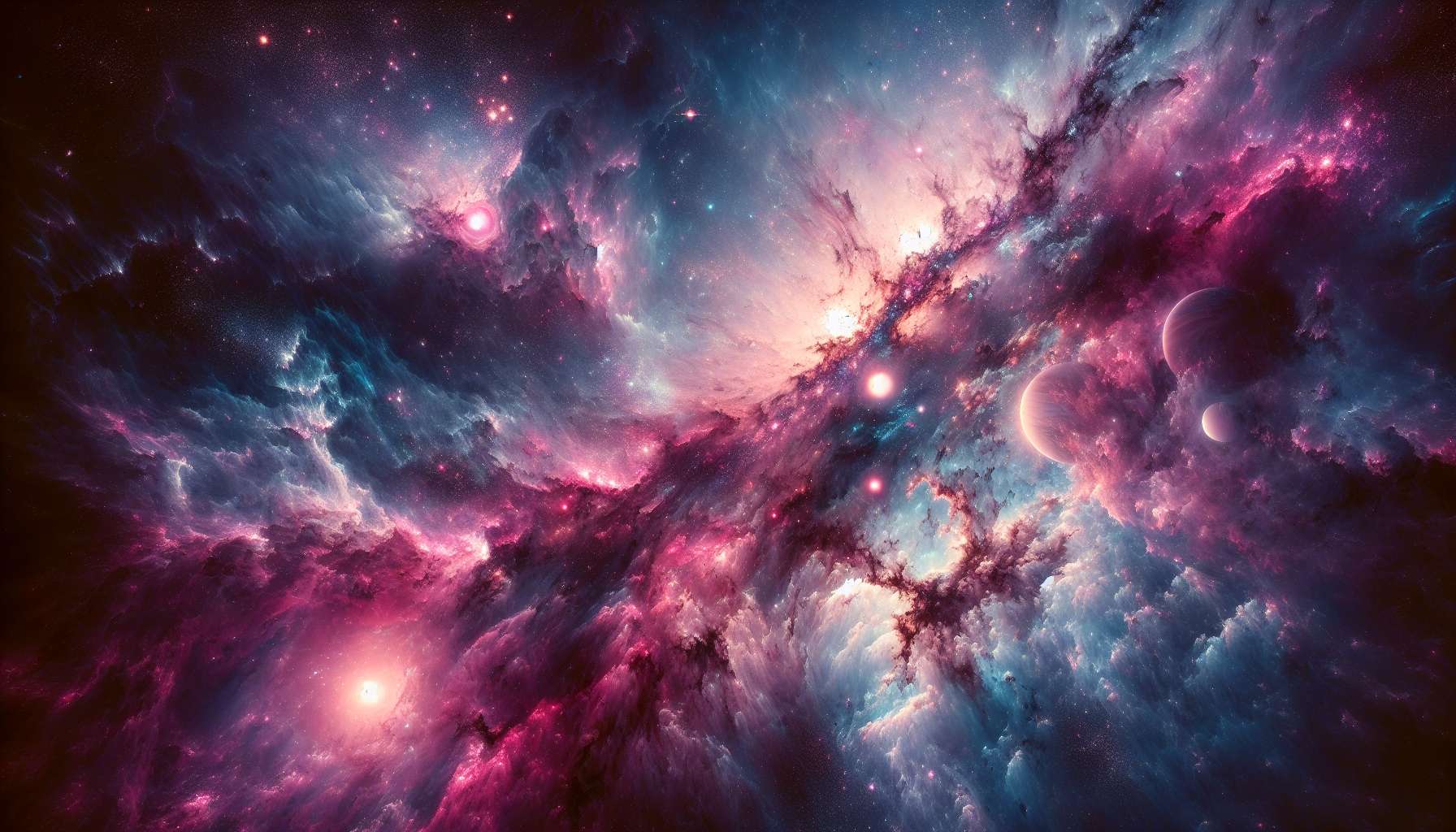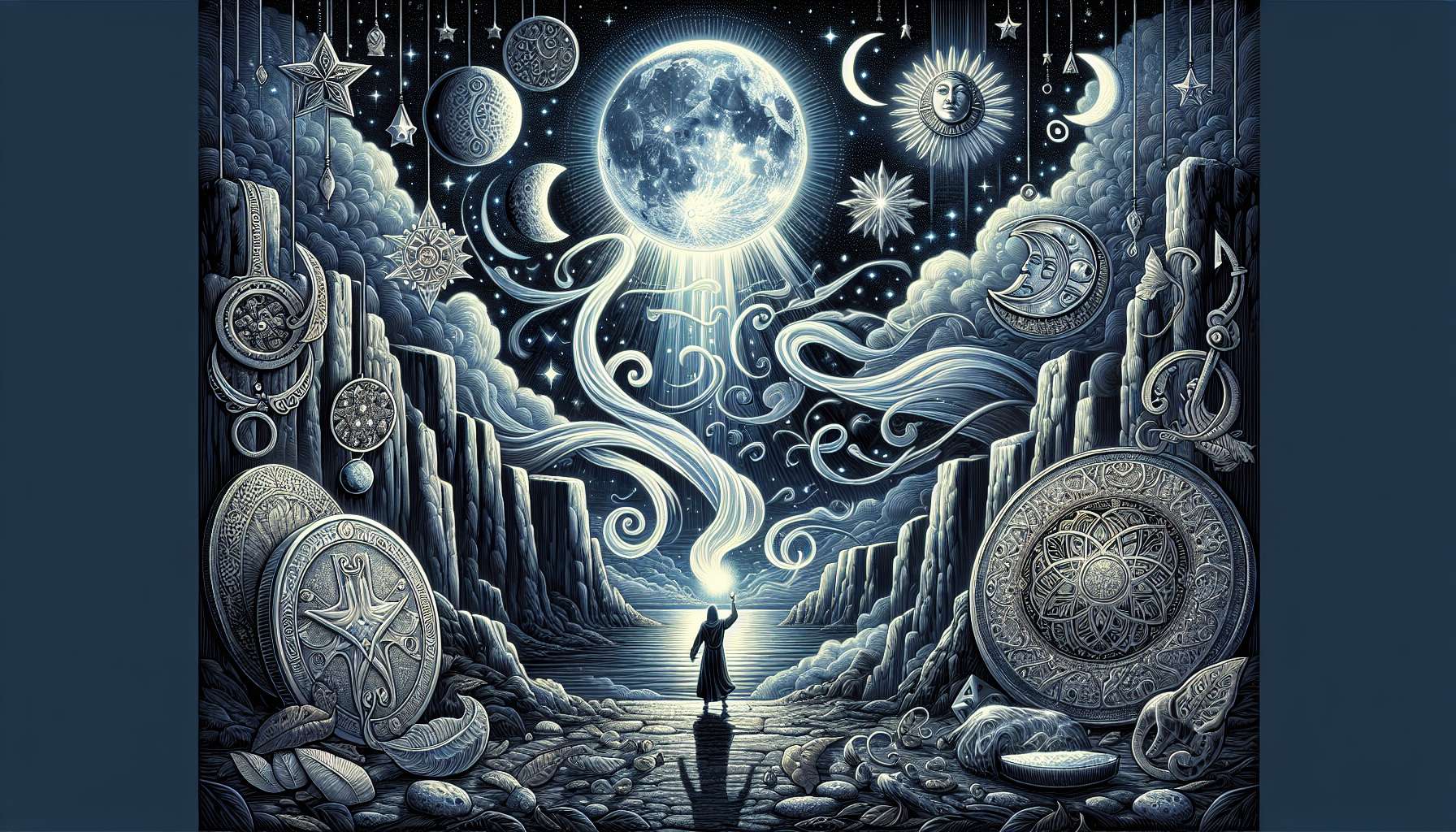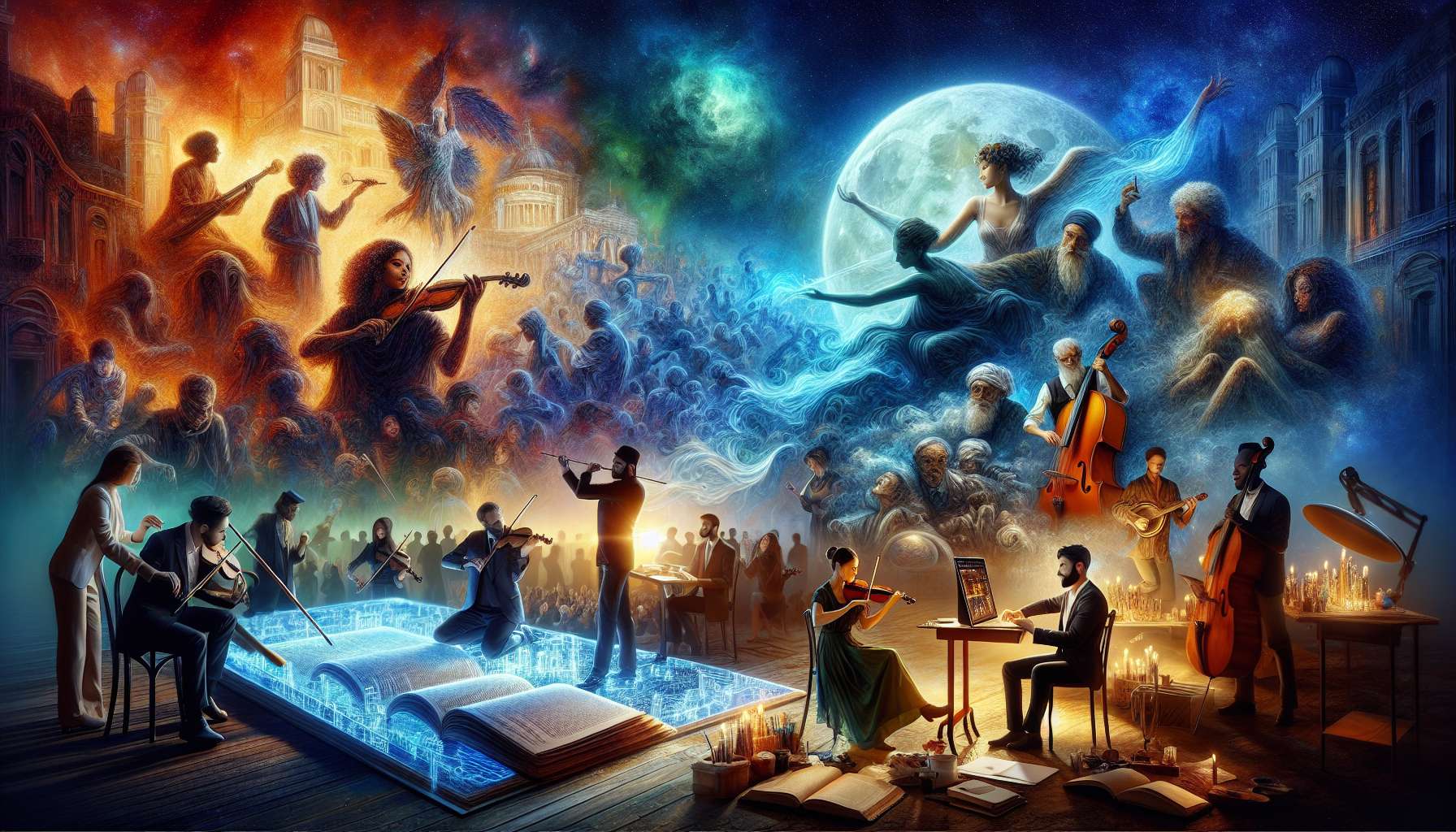Exploring the Enchanting World of Stellar Twilight Aesthetics
Imagine standing under a vast, star-strewn sky as the sun dips below the horizon, casting a mesmerizing array of colors across the heavens. This magical moment, known as stellar twilight, has captured the hearts and imaginations of poets, artists, and dreamers for centuries. In this article, we will delve deep into the mystical realm of stellar twilight aesthetics, exploring its beauty, significance, and impact on art, culture, and our perception of the universe.
The Beauty of Stellar Twilight
Stellar twilight, also referred to as astronomical twilight, is the period between sunset and darkness when the sky is illuminated by scattered sunlight and stars begin to emerge. This transitional phase creates a breathtaking spectacle of colors, from vivid oranges and pinks to deep purples and blues, painting a canvas that is both awe-inspiring and serene.
During stellar twilight, the fading light of the sun interacts with the Earth’s atmosphere, scattering shorter wavelengths of light and allowing longer wavelengths, such as reds and oranges, to dominate the sky. This interplay of colors, coupled with the emerging stars and planets, creates a surreal and enchanting atmosphere that is unlike any other.
Photographers and artists often seek out stellar twilight for its unique blend of natural light and celestial beauty. The soft, diffused glow of twilight lends a dreamlike quality to landscapes and cityscapes, enhancing the mood and atmosphere of the scene. Capturing the essence of stellar twilight requires a keen eye for composition and color, as well as an appreciation for the fleeting nature of this magical moment.

The Significance of Stellar Twilight
Stellar twilight holds deep symbolic and spiritual significance in many cultures and belief systems. Across history, twilight has been associated with transitions, liminality, and the crossing of boundaries between day and night, light and darkness. It is a time of reflection, introspection, and transformation, when the veil between the mundane world and the realm of the divine grows thin.
In ancient mythologies, twilight was often seen as a time of power and magic, when mystical beings and spirits roamed the earth. The Norse believed that twilight was a time when the worlds of the living and the dead overlapped, while the Celts saw it as a time of connection with the spiritual realm. In many indigenous cultures, twilight is revered as a sacred time for rituals, ceremonies, and communing with nature.
Contemporary artists and writers have also drawn inspiration from stellar twilight, using its symbolic resonance to explore themes of transition, change, and rebirth. From the haunting twilight paintings of J.M.W. Turner to the poetic meditations of Emily Dickinson, stellar twilight has been a muse for creative minds seeking to capture the ineffable beauty and mystery of this fleeting moment.
The Impact of Stellar Twilight on Art and Culture
Stellar twilight has left an indelible mark on art, literature, music, and popular culture, shaping our collective imagination and influencing the way we perceive the world around us. Artists ranging from the Romantic painters of the 19th century to contemporary photographers and filmmakers have sought to capture the ethereal beauty of twilight in their works, using light, color, and composition to evoke a sense of wonder and contemplation.
One of the most iconic depictions of stellar twilight in art is Vincent van Gogh’s masterpiece “Starry Night,” which portrays a swirling night sky illuminated by the last light of twilight. Van Gogh’s use of bold colors and swirling brushstrokes conveys the dynamic energy and mystery of the night sky, creating a timeless image that resonates with viewers to this day.
In literature, stellar twilight often serves as a metaphor for the passage of time, the ephemeral nature of beauty, and the cyclical rhythms of life. Writers like Virginia Woolf, T.S. Eliot, and Toni Morrison have used twilight imagery to convey themes of memory, loss, and renewal, infusing their works with a sense of melancholy and transcendence.
In popular culture, stellar twilight has inspired a multitude of songs, films, and fashion trends that capture the allure and romance of this magical moment. From the dreamy synth-pop of bands like M83 to the atmospheric cinematography of films like “Blade Runner” and “Lost in Translation,” stellar twilight aesthetics continue to captivate and inspire audiences around the world.

Exploring Stellar Twilight in Contemporary Photography
Contemporary photographers have embraced the challenge of capturing the fleeting beauty of stellar twilight, using advanced camera technology and creative techniques to create stunning images that evoke the magic and mystery of the night sky. Long exposure photography, HDR (high dynamic range) imaging, and astrophotography have all become popular tools for photographers seeking to push the boundaries of visual storytelling and artistic expression.
One photographer known for his striking images of stellar twilight is Reuben Wu, whose series “Lux Noctis” combines landscape photography with light painting to create ethereal, otherworldly scenes that blur the line between reality and fantasy. Wu’s use of drones, LED lights, and digital manipulation allows him to transform ordinary landscapes into surreal, luminous tableaus that invite viewers to question their perceptions of space and time.
Another photographer pushing the boundaries of stellar twilight photography is Babak Tafreshi, whose work with the International Dark-Sky Association aims to raise awareness about light pollution and its impact on our ability to see the stars. Tafreshi’s images of the night sky, captured in remote and pristine locations around the world, highlight the fragile beauty of the cosmos and the urgent need to preserve our connection to the stars.
The Future of Stellar Twilight Aesthetics
As technology continues to advance and our understanding of the universe deepens, the future of stellar twilight aesthetics holds limitless possibilities for exploration and innovation. From virtual reality experiences that transport viewers to the far reaches of the cosmos to interactive art installations that blur the boundaries between the digital and physical worlds, artists and creators are finding new ways to engage with and interpret the beauty of stellar twilight.
Advancements in artificial intelligence, machine learning, and generative art are also opening up new avenues for experimentation and collaboration in the realm of stellar twilight aesthetics. Artists like Refik Anadol and Mario Klingemann are using AI algorithms to create immersive, interactive artworks that respond to real-time data and sensory input, pushing the boundaries of what is possible in the realm of digital art and storytelling.
As we look to the future, it is clear that stellar twilight will continue to inspire and captivate audiences around the world, serving as a timeless symbol of beauty, wonder, and the eternal dance of light and darkness in the universe.

Expert Opinions
We reached out to renowned astrophotographer and visual artist, Benjamin Grant, for his thoughts on the enduring appeal of stellar twilight aesthetics. According to Grant, “Stellar twilight is a magical time when the boundaries between day and night, reality and dreams, blur into a kaleidoscope of colors and emotions. As an artist, I am constantly inspired by the beauty and mystery of the night sky, using photography as a means to explore and share the wonder of the cosmos with others.”
Common Misconceptions
One common misconception about stellar twilight is that it is the same as civil twilight, nautical twilight, or astronomical twilight. While these terms are related and refer to different stages of twilight, stellar twilight specifically refers to the period when the sun is between 12 and 18 degrees below the horizon, creating a unique blend of colors and lighting conditions that set it apart from other twilight phases.
Conclusion
To wrap things up, stellar twilight aesthetics offer us a glimpse into the beauty, mystery, and transcendence of the night sky, inviting us to contemplate our place in the universe and the eternal dance of light and darkness. Whether through art, literature, photography, or music, stellar twilight continues to inspire and captivate us, reminding us of the boundless creativity and wonder that resides within each of us.
As we navigate the complexities of the modern world, let us not forget to look up at the sky and marvel at the celestial beauty that surrounds us, for in the fleeting moments of stellar twilight, we find solace, inspiration, and a connection to something greater than ourselves.




